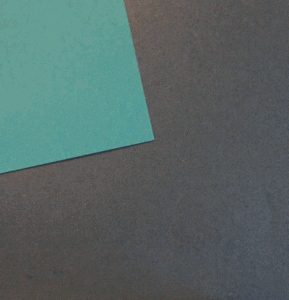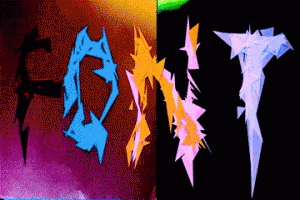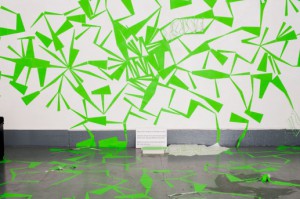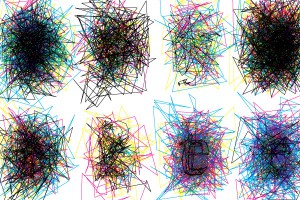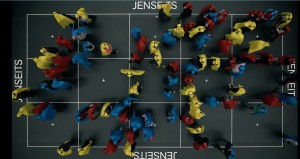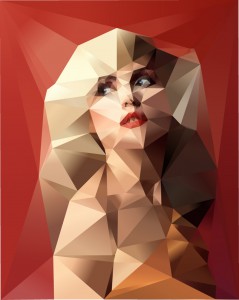I conducted research on the work of design duo Just Van Rossum (1966) and Erik van Blokland (1967) of the FF Beowolf team. In particular, I looked at their 1990 creation of Random Fonts- the first typeface with a mind of its own.
_Click on this image_
I initially got interested in researching FF beowolf font because I wanted to know how they could have made it in a way that the letters never are duplicated. So I made this visual motivation GIF. Drawing pieces can be letters and letters can be drawing images.
For example..(Click on the image)
Typeface software had already been produced by numerous programmers and had already been commercialized.
However, FF Beowolf made some adjustments. What else could have been done in the world of digital typefaces? I could at least imagine that they had experienced the universal problems of digitized fonts and all concerns, as well as new potential discoveries in their works. Designers need to invest huge amounts of time to adapt something, and there has been much development in computer technology since the 1980s. What you can do with software is quite random, but what you do with ideas is of course never-ending. I think such an idea seems to be a promising field. In essence, digital fonts are programs of data and code, and the designer duo made an effort to show us the potentials of this.
![]()
The idea of a changeable font is very interesting indeed. Letters did, however, also change already in the pre-digital era, only not on purpose. When letters were printed on paper the analogue way, the unstable printing technique caused unintentional differences in their shape. These differences were not desired by the creators. With Beowolf these changes of the letter’s shape were now made intentionally. Randomization is also an important aspect of the font. Beowolf is a digital font that changes shape inside the printer. The font features a code that causes the letters to change its shape every time it gets printed. That means that no letter will exist in the same form twice and that you have no control over the outcome. This is, according to Van Blokland, the reason why it got so much attention. Because Beowolf is doing something it’s not supposed to do, namely randomly changing the shape of letters, which normally you won’t touch upon; you’re not suppose to break the letters, Van Rossum adds. In type design, there are an array of ways to work. Beowolf chose the method to show as input of code. In other words, they demonstrated that digital fonts are data and code: instructions that can modify themselves. (i.e.)
I realized that these methods differ from postscript language. You have an idea and you have to shape it, and that idea develops, but the designing can of course be done in many different ways. You can produce a little drawing, you can use a design application or you can code something yourself. It makes it very easy to research complexity or to get a certain grip on complexity on a scale that you can’t do by hand. In his opinion, people can use the original PostScript fonts to generate 10 alternative shapes for each glyph in the font, but it might be impossible for approximately 100,000. But if you write a certain code (or script), it may only takes 2 minutes to find out how it will look. And then you can still decide whether it’s something good or not or you can delete it.
_Click on this font_
Later, Jürg Lehni invented more dramatic drawing methods through scriptographer, as well as the software to interface with many devices. Scriptographer’s strength lies in the encouragement of a symbiotic relationship between an existing tool for computer assisted manual creation and the benefits of formulating be spoke processes in code. Using Scriptographer, the user is no longer limited to the same standardized tools provided by closed software. The scripting environment allows the creation of mouse-controlled drawing tools, effects that modify existing graphics, as well as scripts that create new ones.
